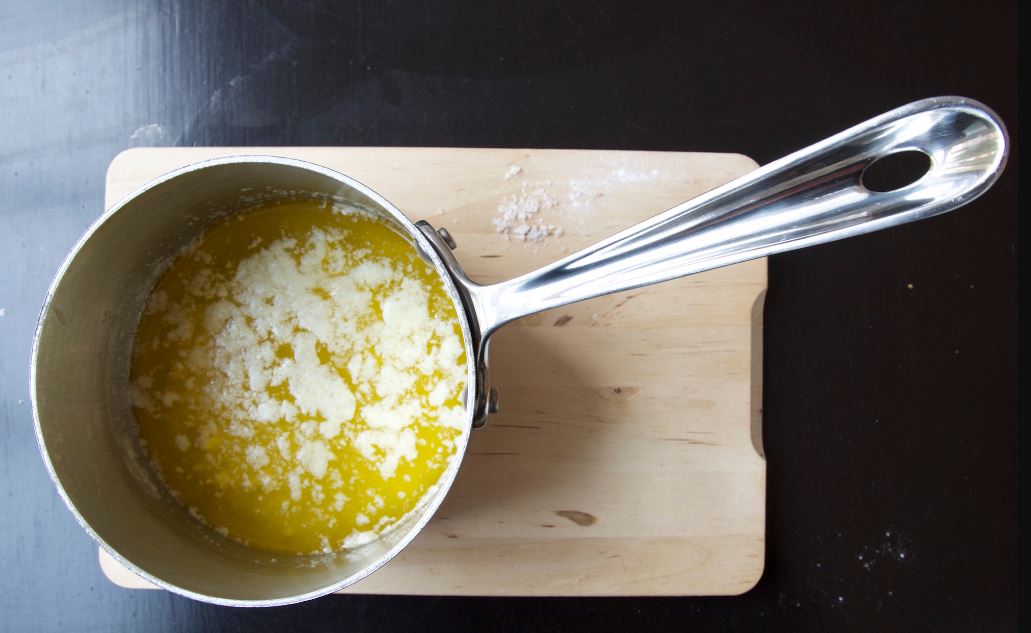Exploring the health benefits and risks of butter in Somali cuisine

Once an essential ingredient in Somali cuisine, butter has undergone a transformation in recent times, with alternatives like white oil, malt, and olives gaining popularity.
Once an essential ingredient in Somali cuisine, butter has undergone a transformation in recent times, with alternatives like white oil, malt, and olives gaining popularity.
While cow and goat butter remain prevalent in many parts of Somalia and other regions, a shift away from its excessive consumption is emerging due to health concerns associated with its high wax content.
More To Read
- How to make suqaar digaag: The spiced Somali chicken dish making a comeback in Kenya
- A chef's guide on how to make colourful chicken biryani at home
- Ghee vs butter: Which one is healthier for your kitchen and your heart?
- How to make red lentil soup at home for cold weather
- How to make mayonnaise ranch dressing with a Kenyan twist
- How woman’s passion for preserving Somali heritage birthed culture hubs
Traditionally, animal butter has held a significant place in Somali households, particularly in rural areas, often used to enhance the flavor of various dishes. The most common varieties are produced from goat and cow milk in Somalia.
There are two main types: smooth butter without additives and oiled butter for extended use. Nutrition experts, such as Professor Mary Isse Omar from the Red Sea University in Bosaso, acknowledge the benefits of butter, including essential vitamins A, K, and D.
These vitamins play crucial roles in preventing diseases such as lung and prostate cancer, improving vision, and promoting skin health. However, alongside these benefits, butter contains certain types of fats that pose health risks, including elevated cholesterol levels and potential damage to blood vessels. As dietary preferences evolve, Somalis are reconsidering their reliance on traditional butter, weighing its advantages and drawbacks in pursuit of healthier choices.
Other Topics To Read
Top Stories Today









































